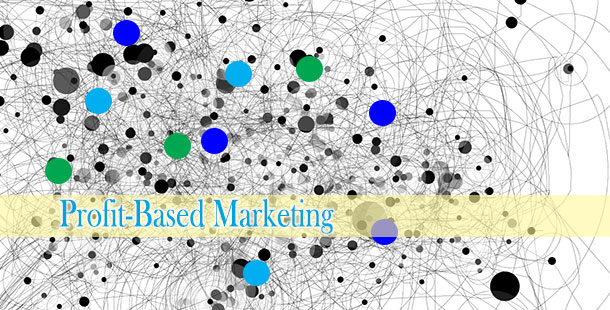Profit-based marketing for the boating industry – Part Four

Editor’s note: Over the next several weeks, Boating Industry will be presenting a series of articles by marketing consultant Thaddeus Kubis about adapting to the changing realities of marketing to today’s consumer. This is Part Four – click here to read Part One, Part Two and Part Three.
In the past installments, we discussed the need for a goaled marketing plan as well as the need for engagement and the need to understand the prospect, your potential sale. The question now becomes how do I reach, engage, act, and influence those that are now filling my sales funnel? The tools are critical, but even more important is the integration of those tools with a properly-defined and presented message.
Integration
Integration does not only mean brand or product integration; it means, perhaps more importantly, integration of media, message, and your brand. Integration also means consistency. Does your website tell one tale, while your boat show exhibit tells another? Do all your marketing tools and devices keep the message focused and consistent? Many brands fail at this stage because they focus on their visual icon (not a brand) and leave the messaging to chance. Brand means how your customers view and feel about your products and you and your enterprise. Consistently focused messaging, content, and context with a defined common goal are keys to success. That goal, by the way, may not be an immediate sale; it may mean starting a dialogue, extending an engagement, or knowing the prospects’ current position in their buying cycle—your sales funnel. Integration also means interaction across all media, based on the customers’ or prospects’ needs and desires.
Advertising has for years been based on AIDA, or Awareness, Interest, Desire, and Action. Sales promotion, a critical element of the seven pillars of marketing, is focused on Relevance, Integration, Interaction and Measurement (RIIM). Integration allows you to be in the marketing groove, where all your media and the messages they contained (content and context) are in balance with your stated goals and objectives sensitive to the prospects needs and are designed to link, building strength via unity of messaging for your brand. Integration is the next waypoint that you will need to reach to continue your sales journey. Consider media, focusing on the use and meaning of the chosen media. Then ask your media providers what they can offer to deliver your integrated messaging, to promote awareness of your brand across desired and proven media.
Today, with the many channels available to the marketer, any change in messaging can and will (positively or negatively) impact your efforts. Be consistent in messaging, using media in an integrated manner to convey your message across your marketing mix. Remember RIIM!
Planned integration allows you to control the process and link needed sales concepts. It also points into a planned calculated effort. Integration allows you to present a consistent story, or narrative, across the potentially long sales process. It enables you to define trust while reaching out across multiple “touch” points.
Look for Part Five – Results next week.
Thaddeus Kubis can be reached at thad.kubis@tifmc.org or 917-597-1891.




